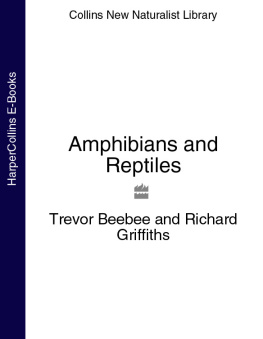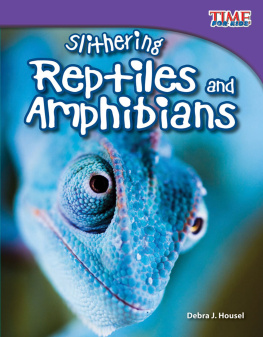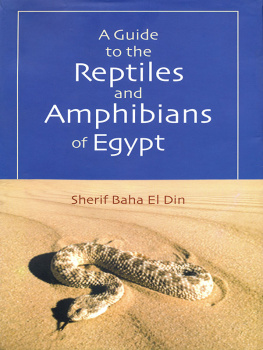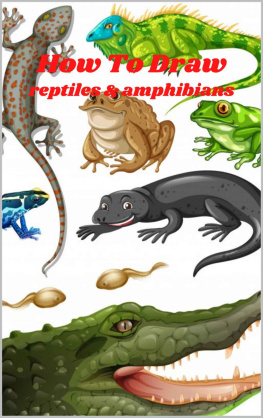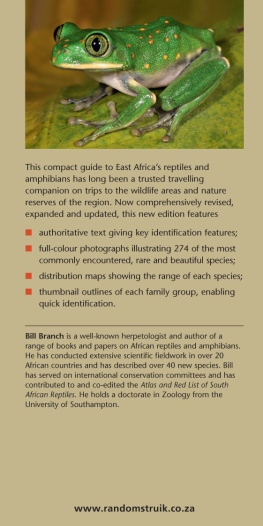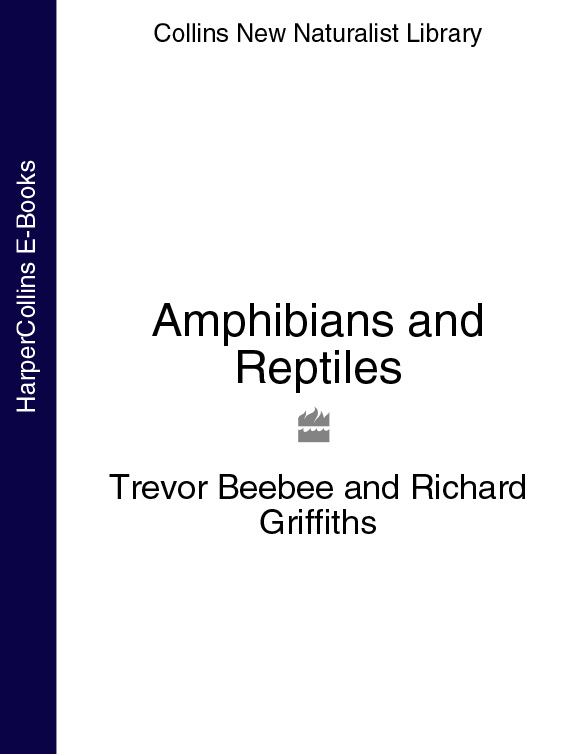

Australia
HarperCollins Publishers (Australia) Pty. Ltd.
Level 13, 201 Elizabeth Street
Sydney, NSW 2000, Australia
http://www.harpercollins.com.au
Canada
HarperCollins Canada
2 Bloor Street East 20th Floor
Toronto, ON, M4W, 1A8, Canada
http://www.harpercollins.ca
New Zealand
HarperCollins Publishers (New Zealand) Limited
P.O. Box 1
Auckland, New Zealand
http://www.harpercollins.co.nz
United Kingdom
HarperCollins Publishers Ltd.
7785 Fulham Palace Road
London, W6 8JB, UK
www.harpercollins.co.uk
United States
HarperCollins Publishers Inc.
10 East 53rd Street
New York, NY 10022
http://www.harpercollins.com
If you enjoyed Amphibians and Reptiles, check out these other great New Naturalist titles.
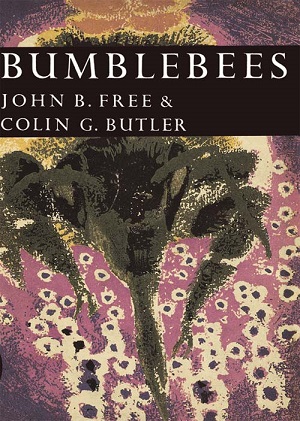
Buy the ebook here

Buy the ebook here
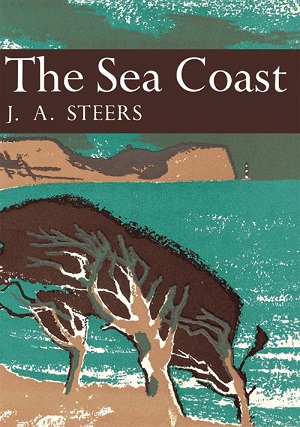
Buy the ebook here
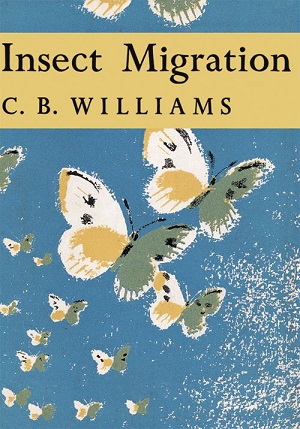
Buy the ebook here
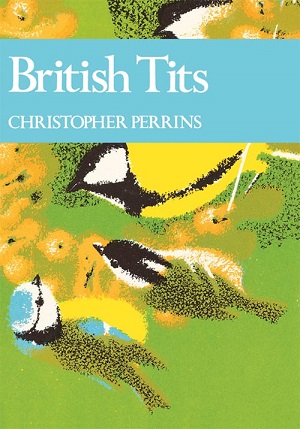
Buy the ebook here
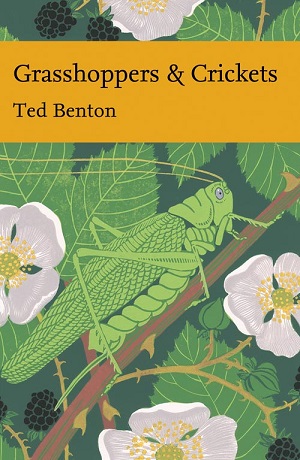
Buy the ebook here

APPENDIX I: Action for conservation: how you can help
British amphibians and reptiles will need all the help they can get in the twenty-first century Education will play a key role in this, and spreading the word about ways in which people can make useful contributions is what this Appendix is about. Action can be at a range of different levels, from those of a general nature for naturalists without a special interest in herpetofauna through to rather more dedicated activities. All contributions at whatever level will be valuable.
Some simple things
Many important habitats for amphibians and reptiles are damaged every year. One of the simplest actions is to be aware, when out in the countryside, of such threats and how to respond to them. Watch out for the early signs of fire on heathlands, especially in spring and summer when they can be tinder-dry Speedy alarm calls to the fire brigade can make the difference between losing a small fraction and all of a key sand lizard or smooth snake site. Report anyone acting suspiciously who you think might be lighting fires deliberately, and do the same when motorcycle scramblers or off-road vehicles suddenly appear on heaths, dunes or other protected places. Serious erosion and damage that will take years to recover from can be generated in a matter of hours by such irresponsible behaviour. The police are obliged to take these matters seriously and a call to them could make all the difference.
There are also some simple things that land managers and owners can consider. Not being too tidy, leaving small corners of parks or fields to themselves, is often of great benefit to wildlife at no cost whatsoever. Cleaning out park and public garden ponds at the right time of year (autumn, not spring) and leaving some of them fish-free can transform their value to wildlife, including amphibians. Sustaining compost or manure heaps undisturbed through the summer, with easy side-access and on rough ground, will help to prevent further declines in grass snake numbers by providing high quality breeding sites. Noticing when an embankment that is home to viviparous lizards or slow-worms becomes overgrown with scrub, and cutting it back to keep it open and sunny at ground level, will maintain its value for reptiles. Promoting rather than persecuting adders on public commons, the rough areas of golf courses and elsewhere will be increasingly important for a species which, despite legal protection, continues to suffer serious habitat losses. Snakes have always had a bad press and herpetologists are frequently asked to remove them, especially adders, from various sites. It becomes good naturalists to counter such pressures and generate positive PR for snakes of all sorts whenever the opportunities arise. Some of the organisations listed on p. 242 can provide further advice on public relations activities.
Action at home
Gardens have become an important sanctuary for many kinds of wildlife, including some species of amphibians and reptiles. Putting in a garden pond is an extraordinarily valuable exercise, providing a few key attributes are borne in mind:
1. Make it as large as possible, at least 50 cm deep in the middle, and with shelves of varying depth including one of about 10 cm. This will be much appreciated as a spawning site by frogs.
2. Place it where it receives as much sun as possible, and preferably not too close to trees, otherwise dead leaves will accumulate each autumn and require removal to prevent anoxic conditions arising in winter.
3. Introduce a range of marginal and submerged (i.e. oxygenating) water plants, preferably native British species and not pests such as New Zealand stonecrop (Crassula helmsii) that are causing serious problems when they escape into wild ponds. Obtaining plants from other well-established garden ponds is the easiest way to do this. Small amounts of plant material can also be collected from natural ponds with the owners permission, but care must be taken not to decimate the natural vegetation or collect rare or sensitive species.
4. Do not have fish in the pond. These will eat frog and newt tadpoles as well as many of the interesting invertebrates characteristic of a good wildlife pool.
5. Ideally, amphibians should be allowed to colonise the pond naturally. Indeed, much useful information can be gathered by keeping a diary of events and recording the animals that turn up. If there are already other common frog or smooth newt populations in the area, then these amphibians can colonise new ponds very quickly, often within a few weeks of construction. Common toads, palmate newts and great crested newts are more difficult to establish in garden ponds and the likelihood of them turning up depends very much on the size of the pond and the surrounding habitat and landscape. If the garden pond is isolated or not likely to be colonised naturally, then the deliberate introduction of amphibians can be considered. However, there are risks involved with any movement of animals from one place to another that need to be carefully considered (see ), and the introduction of eggs or larvae is usually preferable to moving adults. These should preferably be obtained from another nearby garden pond, or if from a countryside pond only with the owners permission. Take no more than two to three clumps or strings of spawn, some plants with newt eggs, or some well-developed larvae, and repeat this for two consecutive years. For great crested newts you will need a licence from the appropriate national statutory conservation body (see useful addresses p.242). Great crested newts should in any case only be introduced to relatively large ponds (at least 3 x 2 metres in area) that definitely have no fish. The statutory conservation body concerned will need to be convinced that the exercise will have a high conservation value and will not put any natural populations at risk. If all goes well (it usually does) amphibian populations will become established within a few years.
Next page
